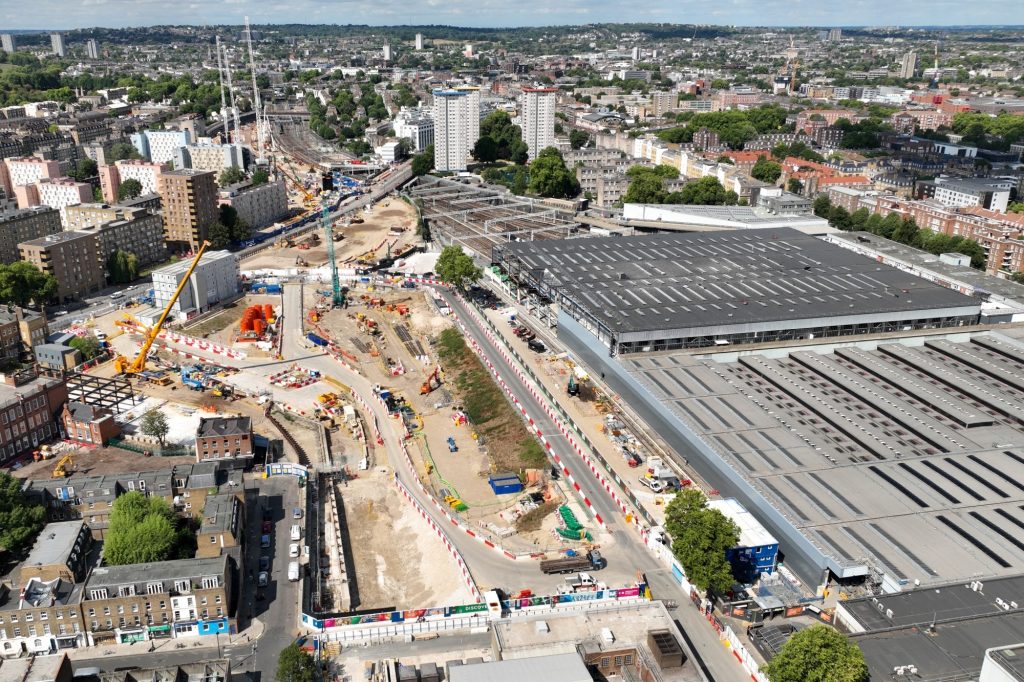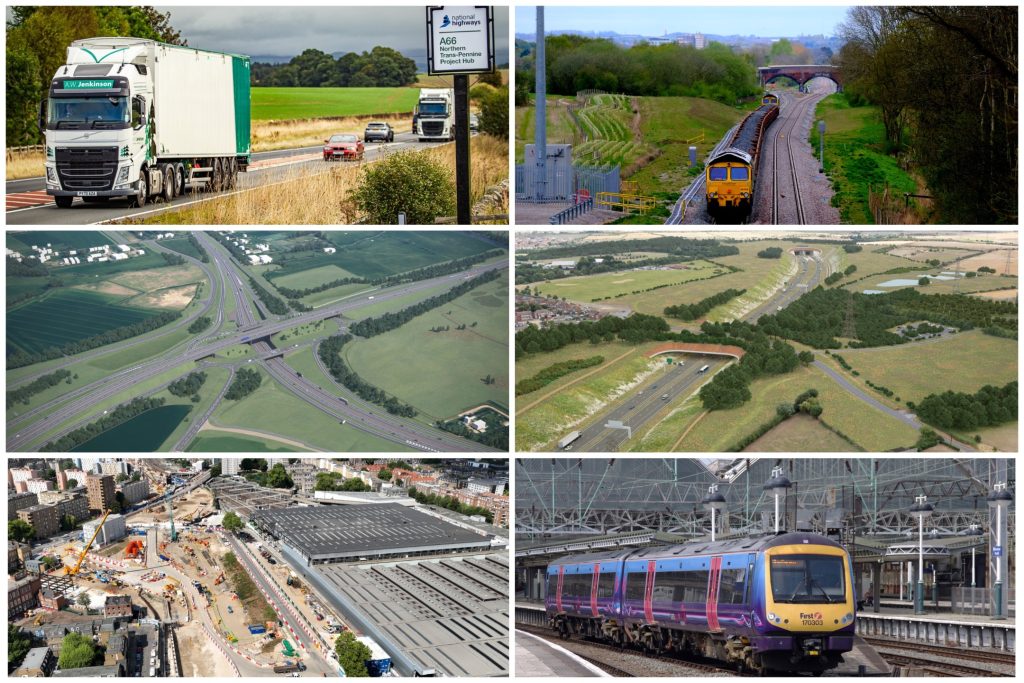Transport secretary working ‘at pace’ on plan for HS2 Euston station

This post was originally published on this site

Plans to bring High Speed 2 (HS2) into Euston and associated developments in the local area are being worked on “at pace” by the secretary of state for transport Louise Haigh.
The transport secretary spoke to the Evening Standard in the lead up to a comprehensive spending review which is due to inform the government about how it can finish HS2, which is widely expected to eventually have its London terminal at Euston.
The development of HS2’s London terminus and the tunnels leading to it were put on pause in March 2023 when the government announced that it would “take the time to ensure that [it has] an affordable and deliverable station design”.
The plan was then further curtailed in October when then prime minister Rishi Sunak announced the cancellation of the high speed line north of Birmingham. He also said the government would be taking over the Euston development and would seek £6.5bn of private investment to build the tunnels and station.
It is expected that HS2 will start services with Old Oak Common in West London as its southern terminus.
Haigh described the previous Conservative government’s HS2 plans as “an absolute mess”.
“To have a new line between Old Oak Common and Birmingham that has cost upwards of £60bn, worsening capacity north of Birmingham – only the Tories could spend £60bn on something and make it worse,” she said. “We have a huge job to do to correct some of that.”
She went on to say: “Clearly we need a plan around Euston and I am working at pace to work out how we can do that in the most cost-effective way. HS2 has been completely discredited by the previous government’s financial mismanagement.”
The previous government continually expressed confidence that it would be able to leverage private investment to build Euston station as part of a massive development in the area. Former transport secretary Mark Harper said there was widespread private interest and former rail minister Huw Merriman was confident of private investment turning Euston into a “life science quarter”.
On the other hand, London mayor Sadiq Khan and National Infrastructure Commission chief Sir John Armitt both expressed scepticism that this would be successful.
Discussing the situation, Haigh said: “We absolutely want to explore options around Euston. [The previous government] has left [Euston] as a massive hold in the ground.
“So we need to have a plan for that and I’m working at pace to establish how we can do that in the most effective way.”
HS2 Ltd and the Department for Transport declined to comment.
In March 2024, Camden Council published a report which found regeneration of Euston Station could add £41bn to the national economy.
HS2 Ltd remains hopeful that it will get the green light to bore the 7.2km Euston tunnel between Old Oak Common and central London very soon.
“Timings and funding for the construction of the Euston Tunnel are being confirmed with government,” HS2 Ltd said in its recent announcement that work to excavate the Old Oak Common station box had been completed after three years of work.
It repeated the statement when revealing that boring of the 13.5km Northolt Tunnel under West London has reached halfway.
To prepare for the Euston tunnel, two more tunnel boring machines (TBMs) are arriving in the UK this summer where they will be assembled and buried in the Old Oak Common station basement.
Atlas Road Logistics Tunnel
In January 2024, an 847t TBM called Lydia broke through at HS2’s Old Oak Common station, completing the 853m long Atlas Road Logistics Tunnel.
On completion of the logistics tunnel, HS2 Ltd officials told NCE that it sent a “big message” to government to give the go ahead for the Euston tunnels.
The tunnel runs from the Atlas Road logistics hub to Old Oak Common station. It will be used to support the construction of HS2’s Euston tunnel, due to be built eastwards from Old Oak Common subject to government green light after it sources funding for the tunnel and HS2 station.
The logistics tunnel will be used to deliver materials to the two Euston Tunnel TBMs, including over 56,000 concrete tunnel segments manufactured by Strabag in Hartlepool, and take away the London Clay excavated.
Barhale and UK Power Networks have also microtunnelled under the Grand Union Canal to create a tunnel for power cables that will support the TBMs for the Euston tunnels.
Like what you’ve read? To receive New Civil Engineer’s daily and weekly newsletters click here.





Responses